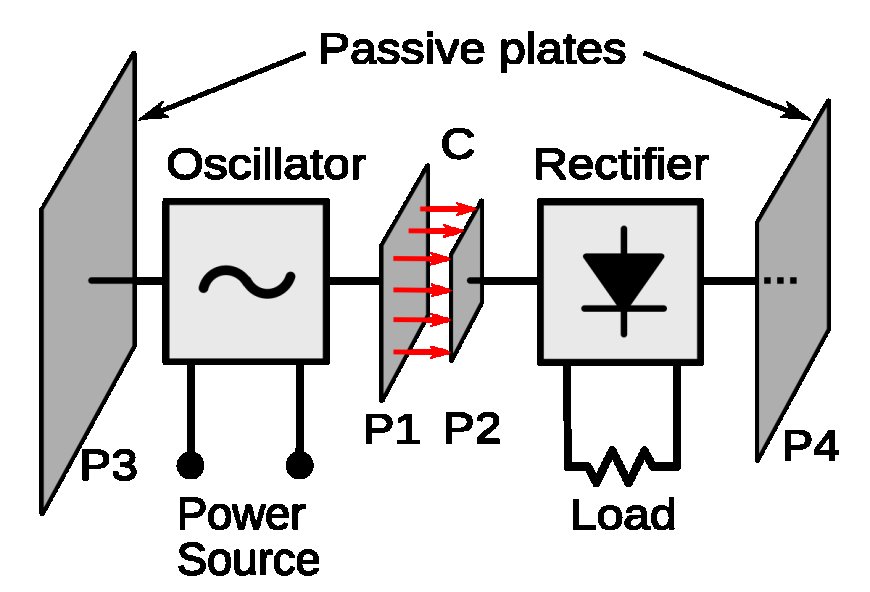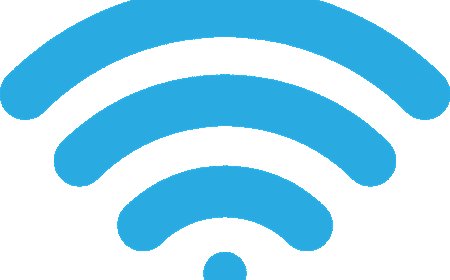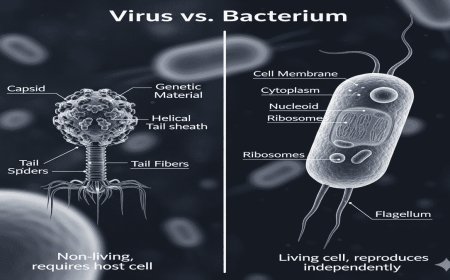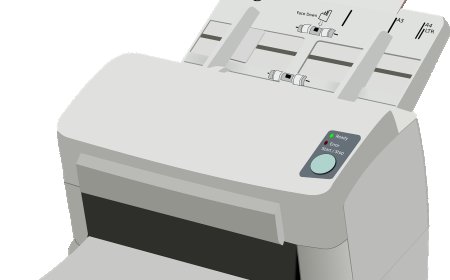Understanding Wireless Charging: How It Works and Its Benefits
Explore the technology behind wireless charging, its benefits, and applications in modern devices.

Understanding Wireless Charging: How It Works and Its Benefits
Introduction
In the rapidly evolving landscape of technology, the convenience of wireless charging has become a significant innovation. From smartphones to electric vehicles, wireless charging offers a cable-free solution to power our devices. Understanding how wireless charging works not only helps in appreciating its benefits but also in making informed choices about using this technology.
How Wireless Charging Works
The Basics of Wireless Power Transfer
Wireless charging, also known as inductive charging, relies on the principle of electromagnetic induction to transfer energy between two objects. The technology involves a power transmitter, often a charging pad, and a receiver, which is built into the device being charged.
Inductive Charging Explained
Inductive charging uses coils to create an electromagnetic field. The transmitter coil in the charging pad generates this field when electricity passes through it. The receiver coil within the device captures the energy from the electromagnetic field and converts it back into electrical energy, which charges the device's battery.
The Role of the Qi Standard
The Qi standard, developed by the Wireless Power Consortium, is the most widely used framework for wireless charging. It ensures compatibility and efficiency across different devices and manufacturers. The Qi standard supports both inductive and resonant charging, allowing flexibility in the distance and orientation between the charger and the device.
Benefits of Wireless Charging
Wireless charging presents numerous advantages that contribute to its growing popularity:
- Convenience: Eliminates the need for multiple cables and enables easy charging by simply placing the device on a charging pad.
- Durability: Reduces wear and tear on charging ports and cables, extending the lifespan of devices.
- Safety: Minimizes the risk of electrical faults that can occur with traditional wired connections.
- Flexibility: Enables integration into various forms, such as furniture and vehicles, enhancing user experience.
Applications of Wireless Charging
Consumer Electronics
Wireless charging is prevalent in consumer electronics, particularly smartphones, smartwatches, and wireless earbuds. The convenience of charging without cables makes it a preferred choice for many users.
Automotive Industry
The automotive sector is increasingly adopting wireless charging technology for electric vehicles (EVs). This innovation allows EVs to be charged without plugging in, facilitating more efficient and user-friendly energy replenishment.
Healthcare Devices
Medical devices, such as hearing aids and implantable devices, benefit significantly from wireless charging. It reduces the need for physical ports, which can pose risks of infection or damage.
Conclusion
Wireless charging has transformed the way we power our devices, offering a blend of convenience, safety, and versatility. As technology continues to evolve, we can expect wireless charging to become even more prevalent, driving innovations across various industries. Understanding the mechanisms and benefits of wireless charging empowers consumers to make informed decisions and embrace the future of power transfer.
```
What's Your Reaction?
 Like
0
Like
0
 Dislike
0
Dislike
0
 Love
0
Love
0
 Funny
0
Funny
0
 Angry
0
Angry
0
 Sad
0
Sad
0
 Wow
0
Wow
0



































































